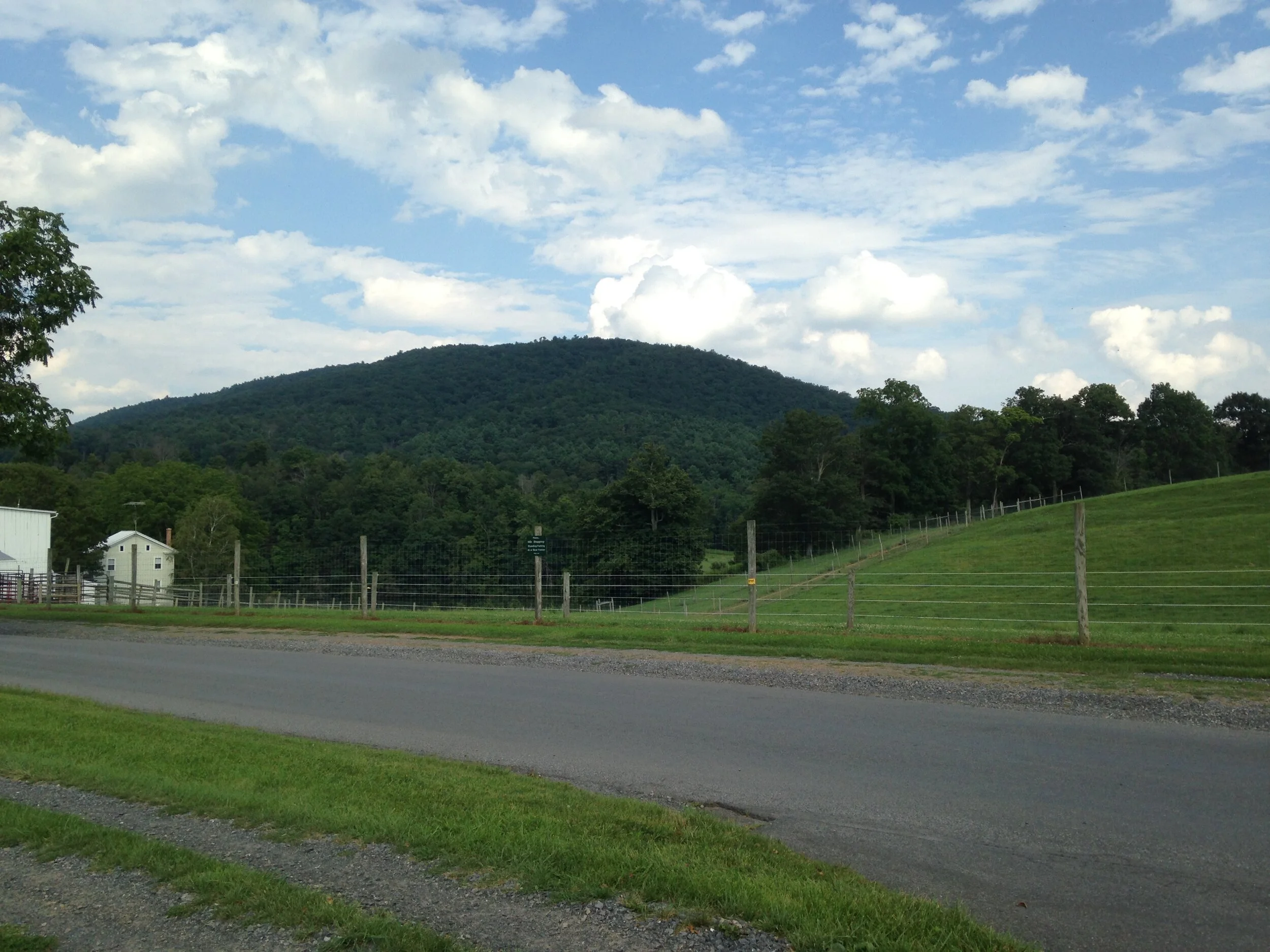Chestnut Planting, Lent Preparations
First, I’m offering a five session class/mini-retreat this Lent. Read more about it here.
This could be a good fit-
If you are tinkering with your patterns of spiritual practice.
If you are a seeker, or otherwise aware of new beginnings or deepenings, and looking for practical entry into grounding elements in Christian spirituality.
Since this journey requires the light others offer, this class will afford the opportunity to listen and learn with others, as we share and attempt new steps in our patterns.
Behold seed sprouts!
Good thing the dog is here to help me see these things so differently
Along with the Lenten class, I’m preparing to plant more chestnuts in 2021. I gathered 40 or so last fall (2020.) I collected 2 dozen in 2019, and with my dog’s oversight, I planted them in various cartons. I gave a few plants away in 2020. I still have upwards of twenty seedlings from last year. Some of these I will send to family back east, as a faithful gesture to the land and the places my ancestors lived.
a mountain, Centre Co. Penna.
I’ll try to graft scion wood to the remainder of last year’s plants. Like seedling apples, seedling nuts do not produce fruit the same as the parent stock. Far flung pollen might land on a given flower and produce fruit of various qualities. The nuts I planted were nicely sized and pretty tasty, but that is no guarantee that the trees they grow into will produce similar nuts. We’ll see how the grafting goes.
seedling chestnuts, summer 2020
I sent a sample of leaves from the parent trees to the American Chestnut Foundation for identification. They certainly looked to me like american chestnuts, (Castanea dentata), but I was not entirely positive. I knew there were some other chestnut varieties in the neigborhood, and some dentatas were growing, and identified as such at another cemetery in Tumwater. So I was curious what very expert eyes would see.
The folks at ACF were interested to learn of these trees, as they believe them to be American x European (Castanea sativa) hybrids. Given that these trees are quite large, and the settler cemetery was first layed out on the territory of Salish-speaking peoples in 1853, these crosses and their planting might predate the chestnut blight. These are not an entirely common sort of chestnut hybrid. I have no idea, but I suppose ACF might be interested in part because their work entails crosses to introduce blight resistance into american chestnuts. More research to follow.
It’s been a joy to send some of the nuts I collected to some folks this winter. Several others are interested in planting this year’s seedlings. If you are interested, let me know. If I have enough plants, we might be able to work something out.
It’s great to share these and help plant them on the land where people and creatures can be near them and enjoy them. Collect nuts for eating, seed for sowing. Rest in the shade during this life, and see in the tree something of life to come.
That might be life to come on lands of north america, as natives and invasives. That might be life to come as we adapt and give back to the earth in this time of climate changes induced by the human activities of fossil-fueled agro-industrial civilization. This might be the life to come, up the watershed of God’s enlivening mercy.



